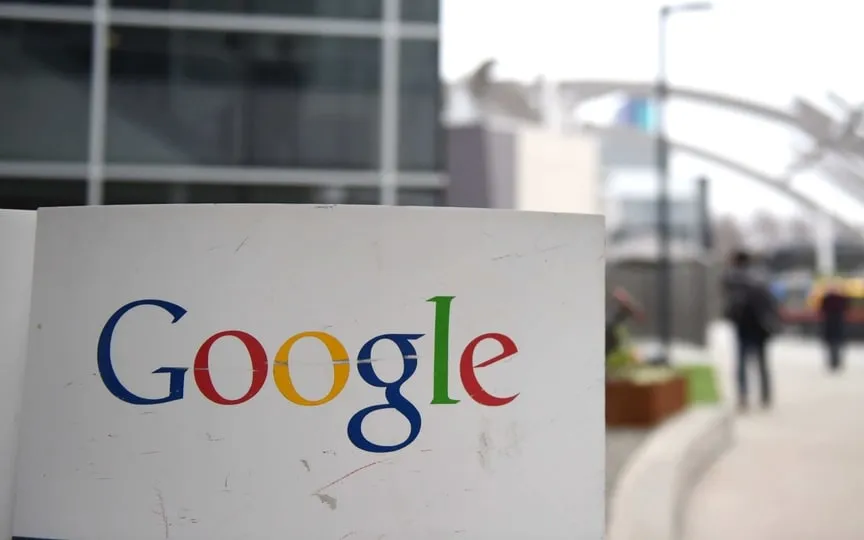Alphabet Invests in Laser Technology to Provide Internet to Remote Locations
Alphabet, the parent company of Google, attempted to provide internet access to rural and remote regions through the use of high-altitude balloons in the stratosphere, but their efforts were unsuccessful.
But now the company is delivering Internet service to remote areas using light beams.
The project, called Taara, is part of Alphabet’s innovation lab called X, also known by the nickname “Moonshot Factory”. It was launched in 2016 after attempts to use stratospheric balloons to deliver internet ran into problems due to high costs, company executives said.
This time things are progressing better, said Mahesh
Krishnaswamy who runs Tara.
Executives at Taara and Bharti Airtel, one of India’s largest telecom and internet service providers, told Reuters they are now moving towards a wider deployment of the new laser internet technology in India. Financial details were not disclosed.
Taara helps connect Internet services in 13 countries, including Australia, Kenya and Fiji, Krishnaswamy said, adding that it has signed deals with Econet Group and its subsidiary Liquid Telecom in Africa, ISP Bluetown in India and Digicel in the Pacific. the islands.
“We’re trying to be one of the cheapest, most affordable places you can get a dollar per gigabyte for end consumers,” he said.
Taara’s machine is the size of a traffic light and emits a laser that carries data – essentially fiber optic internet without cables. Partners like Airtel use the machines to build communication infrastructure in hard-to-reach places.
Krishnaswamy said he experienced an epiphany while working on the failed balloon internet project Loon, which used lasers to link data between balloons and brought this technology to the country.
“We call this moonshot compost,” said Astro Teller, who runs X, where he’s known as the “Captain of the Moonshots.”
X is Alphabet’s research division, which carries out projects bordering on science fiction. It gave birth to the self-driving technology company Waymo, the drone delivery service Wing and the health technology startup Verily Life Sciences.
“Taara transfers more data every single day than Loo has in its entire history,” Teller said.
Bharti Airtel Chief Technology Officer Randeep Sekhon said Taara will also help provide faster internet services in urban areas in developed countries. He said that transferring data between buildings is cheaper than burying fiber optic cables. “I think this is really disturbing,” he said.
Krishnaswamy was recently in Osuri, the Indian village where he spent his childhood summers three hours south of Chennai, to install Taara equipment. Osur will get high-speed internet for the first time this summer, he said.
“There are hundreds of thousands of these villages across India,” he said. “I can’t wait to see how this technology can be useful in bringing all these people online.”
In July 2020, Google committed $10 billion to digitize India. It invested $700 million for a 1.28 percent stake in Bharti Airtel last year. X and Google are sister companies of Alphabet, while Taara’s partnership with Bharti Airtel is separate from the Google investment.
When asked about the downsides of the internet as X and Tara continue their mission to connect the rest of the world, Teller said, “I understand the idea that the internet is imperfect, but I suggest that maybe that’s a different topic. A moonshot to make the internet better.”




